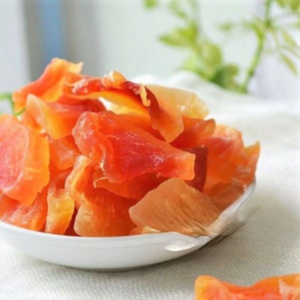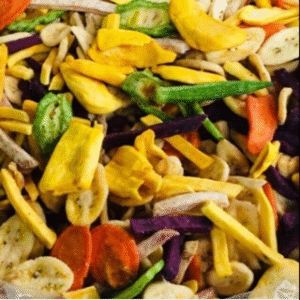Last updated on February 16th, 2025 at 08:25 am
Introduction
Vietnamese coffee is well-known for its rich flavors and unique brewing techniques. One question that often arises is whether it contains more caffeine than other types of coffee. In this article, we’ll dive into the caffeine content of Vietnamese coffee, the types of beans used, and how the brewing method can impact caffeine levels.
1. What Makes Vietnamese Coffee Different?
Vietnamese coffee is frequently brewed using Robusta beans, which generally have a higher caffeine content than the Arabica beans commonly used in other coffees.
The Role of Robusta Beans
Robusta beans typically have about 2.2-2.7% caffeine content, while Arabica beans contain 1.2-1.5% caffeine. This difference in caffeine content plays a significant role in the overall strength of the coffee. Robusta beans give Vietnamese coffee a strong, bold flavor, and a higher caffeine concentration per cup.

2. How Much Caffeine Does Vietnamese Coffee Contain?
The caffeine content in Vietnam’s signature coffee varies depending on the beans used and the brewing method.
Standard Serving Size and Caffeine Content
An 8 oz serving of Vietnamese coffee, brewed using Robusta beans, typically contains between 100 and 150 milligrams of caffeine. This amount is higher compared to other coffee types. For comparison:
| Coffee Type | Caffeine Content (per 8 oz) |
|---|---|
| Vietnamese Coffee (Robusta) | 100-150 mg |
| Espresso | 63 mg per ounce |
| Drip Coffee | 95 mg |
| Light Roast Coffee | 80-120 mg |
| Dark Roast Coffee | 80-100 mg |
As seen in the table, Vietnamese coffee brewed with Robusta beans generally has more caffeine than other common coffee types, including espresso.
3. Does the Brewing Method Affect Caffeine Levels?
The way you brew your coffee also influences the final caffeine content.
The Phin Brewing Method
Vietnamese coffee is often brewed using a method called the phin filter, which involves slow brewing. The longer the coffee is brewed, the more caffeine is extracted from the beans. Compared to methods like espresso, which use pressure to extract caffeine quickly, the phin method leads to a slower, more thorough extraction process, yielding a stronger cup of coffee.
4. How to Make the Most of Vietnamese Coffee
If you’re looking to enjoy your Vietnamese coffee and make the most of its caffeine kick, here are some tips:
- Use fresh Robusta beans: Always use high-quality Robusta beans for the strongest caffeine content.
- Adjust brewing time: Experiment with brewing times to find the perfect balance of strength and flavor.
- Limit additives: Avoid adding too much sugar or milk, as this can mask the coffee’s strength and flavor.
5. FAQ
1. Does Vietnamese coffee have more caffeine than espresso?
Yes, it brewed with Robusta beans generally contains more caffeine than espresso. While a typical 8 oz serving of Vietnam’s signature coffee contains 100-150 mg of caffeine, a single ounce of espresso has about 63 mg.
2. Can I reduce the caffeine content in Vietnamese coffee?
If you want a lower caffeine content, try using Arabica beans, which have less caffeine, or shorten the brewing time when using the phin filter method.
3. Is Vietnamese coffee stronger than regular drip coffee?
Yes, it brewed with Robusta beans is stronger than regular drip coffee. It typically has more caffeine, making it a good choice for coffee lovers seeking an extra energy boost.
4. What are the best beans for Vietnamese coffee?
The best beans for Vietnamese coffee are Robusta beans due to their high caffeine content and strong flavor. These beans are perfect for the traditional phin brewing method, which enhances their boldness.
Conclusion
In conclusion, Vietnamese coffee, particularly when brewed with Robusta beans, tends to have a higher caffeine content compared to many other coffee types, including espresso. The combination of high-caffeine Robusta beans and the traditional phin brewing method ensures that Vietnam’s signature coffee is an energizing and robust choice for coffee enthusiasts.
Explore more:








